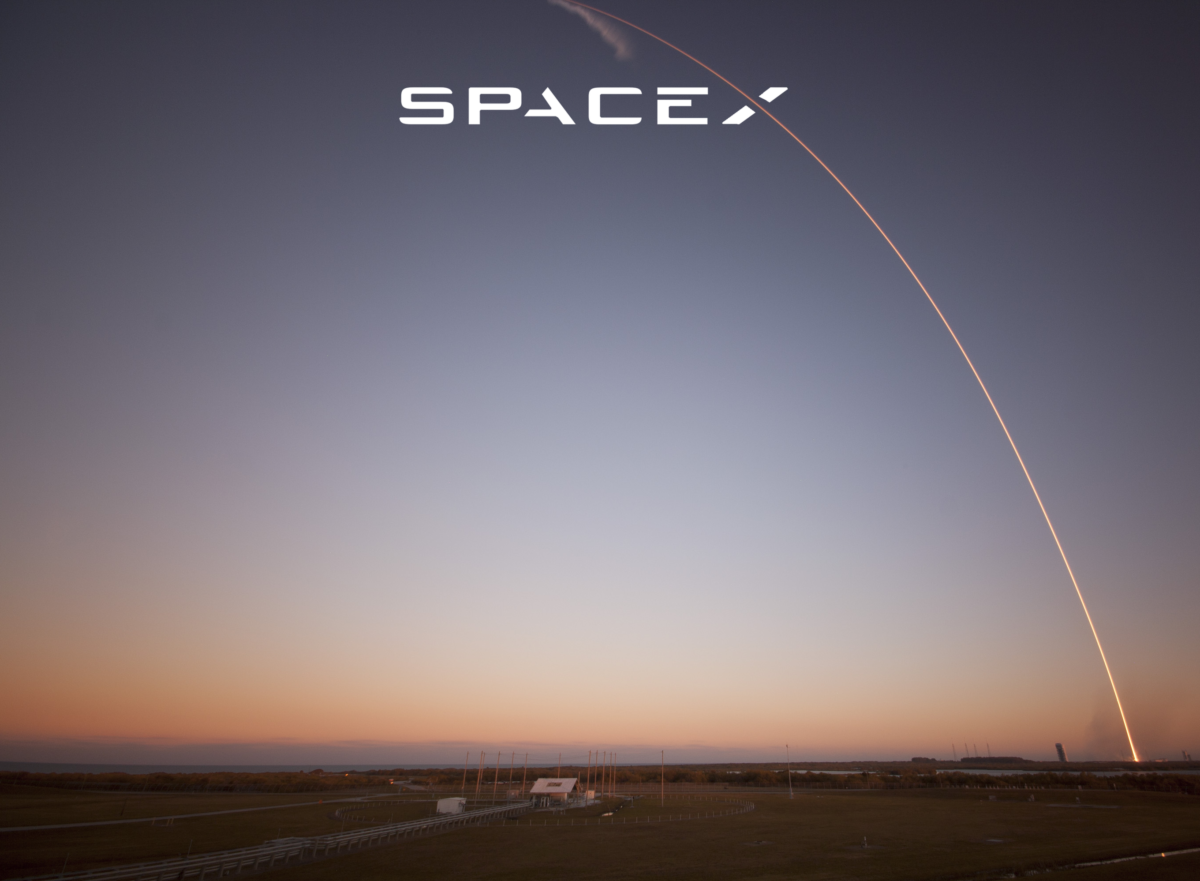In the past, the aerospace industry was an industry dominated by the government and firmly established contractors, creating an almost monopoly. According to Eggers and Gonzalez governments create monopolies, which lack competition and the motive to earn profits (2012). This rigidness, the high level of expertise and the high costs involved with the business make it a very hard industry to enter (Collective Innovation, 2017).
Nevertheless, Elon Musk entered the aerospace industry in 2002 with the private company Space Exploration Technologies (SpaceX). He was convinced SpaceX could reduce the costs of sending a 550-pound rocket into orbit by ten times (Collective Innovation, 2017). Hence, his goal was to inexpensively launch rockets into the orbit and make a business out of this (Wayne, 2006). SpaceX did dramatically decrease the costs of launching a rocket, but how did they do this?
The secret to decreasing the costs of launching a rocket is that SpaceX did almost everything in-house, eliminating expensive contractors (Fernholz, 2014). SpaceX’s research and development let to technology innovations, which let to decreases in the costs. For instance, SpaceX uses a different technique to create the exterior of the tanks of their rockets; their ‘’tanks are friction stir welded aluminum skin and stringer designed as opposed to machined aluminum’’ (Loizos, 2010). This makes the tanks lighter and thus decreases the costs of a rocket launch.
The technology innovations of SpaceX are paying off. In 2014, NASA contracted SpaceX and Boeing to transport US astronauts up to the International Space Station. Competitor Boeing would do this job for $4.2 billion, while SpaceX would do the same job for $2.6 billion (Fernholz, 2014). Hence, the innovations of SpaceX are undercutting its competitors by bringing down the costs and improving efficiency.
However, SpaceX did not stop there, it further reduced its costs and disrupted the industry by launching a reusable rocket in 2016. This was previously not possible (De Selding, 2016). It added economies of scale to SpaceX’s operations and reduced the costs for space travel dramatically. This raises questions such as: how far will SpaceX’s disruption go? And how will this change the industry? We will have to wait and see what happens next.
References:
Collective Innovation (2017) ‘Disruptive Innovation: SpaceX’. Accessed on 24 September 2017 on https://collectiveinnovation.com/disruptive-innovation-spacex/.
De Selding, P.B. (2016) ‘SpaceX’s reusable Falcon 9: What are the real cost savings for customers?’. Accessed on 24 September 2017 on http://spacenews.com/spacexs-reusable-falcon-9-what-are-the-real-cost-savings-for-customers/.
Eggers, W.D. and R. Gonzalez (2012) ‘Disrupting the Public Sector’. Accessed on 24 September 2017 on https://hbr.org/2012/03/disrupting-the-public-sector.
Fernholz, T. (2014) ‘What it took for Elon Musk’s SpaceX to disrupt Boeing, leapfrog NASA, and become a serious space company’. Accessed on 24 September 2017 on
Loizos, C. (2010) ‘Elon Musk on Why His Rockets Are Faster, Cheaper and Lighter Than What You’ve Seen Before’. Accessed on 24 September 2017 on https://www.pehub.com/2010/06/elon-musk-on-why-his-rockets-are-faster-cheaper-and-lighter-than-what-youve-seen-before/#.
Wayne, L. (2006) ‘A Bold Plan to Go Where Men Have Gone Before’. Accessed on 24 September 2017 on http://www.oleeichhorn.com/images/A_Bold_Plan_NYTimes.pdf.

